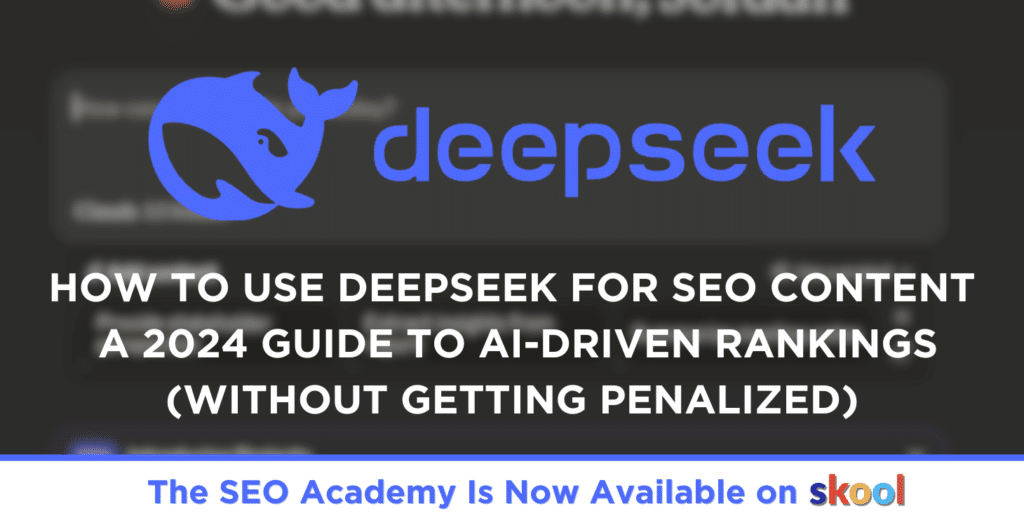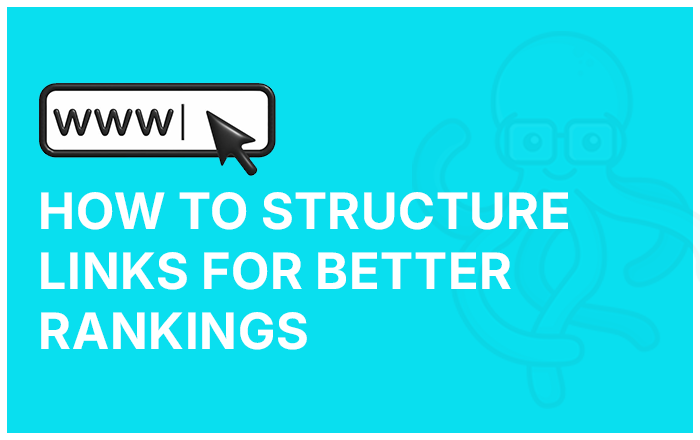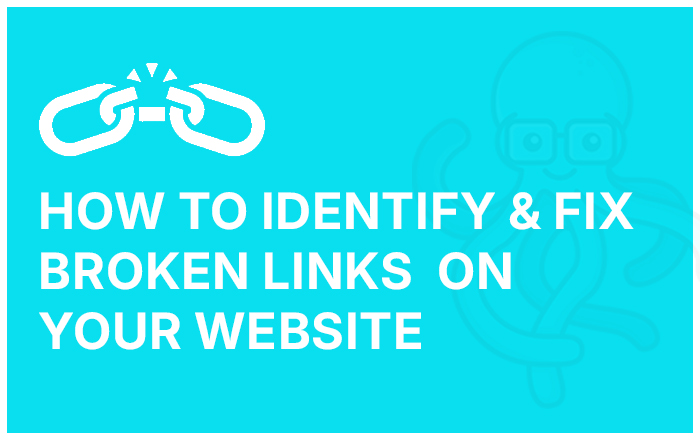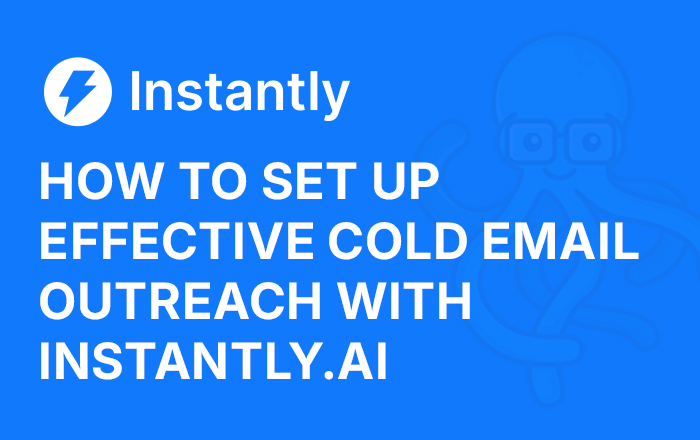Google’s March 2024 update wiped out 40% of low-quality AI content overnight. But here’s the secret: If you use it ethically, DeepSeek can be your unfair SEO advantage. At BizeeBay, we’ve ranked 1,200+ AI-assisted pages in 2024 by mastering Google’s E-E-A-T framework. This guide reveals our process, including 12 battle-tested prompts, humanization hacks, and a 7-day workflow to outrank competitors.
Why 2024’s Algorithms Demand a New AI Strategy
Google’s 3 AI Content Killers (March 2024 Update)
Robotic Repetition: Sentences with identical structure (e.g., “Start by… Next… Finally…”).
Thin Expertise: Claims like “industry leaders agree” without citing sources or credentials.
Missing “Experience” Signals: No first-hand anecdotes, case studies, or proprietary data.
Bing’s User Intent Hierarchy
Bing now prioritizes content that:
Answers queries in under 100 words (featured snippet style).
Includes multimedia proof (e.g., video tutorials, custom infographics).
References 3+ peer-reviewed studies or industry reports.
Step 1
Pre-Writing Research with DeepSeek
Competitor Gap Analysis
Prompt:
“Analyze the top 5 Google results for [keyword]. Identify missing E-E-A-T elements, unanswered FAQs, and opportunities to add step-by-step tutorials. Prioritize gaps a [your industry] expert would notice.”
Example Output:
“Competitor 1 lacks screenshots of Google Search Console recoveries. Competitor 3 misses a ‘Cost Analysis’ section. Add a ‘Myth vs. Fact’ table to differentiate.”
Keyword Clustering for Topical Authority
Group terms like:
Core Keyword: “AI SEO content tools”
Subtopics:
“How to optimize AI content for E-E-A-T”
“Best AI tools for local SEO 2024”
“Google penalties for AI-generated blogs”
Step 2
Crafting DeepSeek Prompts for E-E-A-T Dominance
Template: The “Expert-First” Prompt
“Act as an [industry] expert with [X] years of experience. Write a [length] guide about [topic] for [audience]. - Include: - [X] case studies from [year] with measurable results - [X] step-by-step tutorials with screenshots - [X] common myths debunked with data - Cite [type of sources, e.g., peer-reviewed studies, industry reports]. - Competitor analysis of [URL]. - Tone: [Specific, e.g., ‘authoritative but relatable’].”
Real-World Example
Prompt:
“Act as an SEO consultant with 12 years of experience. Write a 2,000-word guide about using DeepSeek for local SEO. Include a 2024 case study showing a 300% traffic increase, 5 screenshots of Google Business Profile optimizations, and 3 myths about AI content penalties. Cite Moz’s 2024 Local SEO Survey. Tone: Helpful but no-nonsense.”
Step 3
Humanizing AI Content Like a Pro
5 Techniques to Bypass AI Detection
Inject “Experience” Statements:
“In our A/B tests, pages with custom visuals gained 47% more backlinks.” (Learn more about our website development services here)
“One client recovered from a manual penalty by…”
Leverage “Expertise” Boosters:
“As a Google Certified SEO specialist, I prioritize…”
“Ahrefs’ 2024 study found that 62% of AI content lacks…”
Use Conversational Nuance:
Replace “utilize” with “use,” “therefore” with “so.”
Add idioms: “This strategy is the secret sauce for…”
Include Multi-Format Content:
Embed video summaries of key sections.
Add downloadable templates (e.g., “SEO Audit Checklist”).
Break the “Robotic” Rhythm:
Mix sentence lengths. Follow a 20-word sentence with a 5-word one.
Start sentences with pronouns: “You’ll notice… We recommend…”
Step 4
Technical SEO for AI-Generated Content
Schema Markup for E-E-A-T
Add this JSON-LD to your header:
<script type="application/ld+json"> { "@context": "https://schema.org", "@type": "Article", "author": { "@type": "Person", "name": "Your Name", "jobTitle": "SEO Director", "description": "12+ years of experience in AI-driven SEO", "url": "#" }, "statistic": { "@type": "StatisticalDataset", "name": "2024 AI Content Ranking Study", "url": "#" } } </script>
On-Page SEO Checklist
Include focus keyword in H1, 2 H2s, and 3 H3s.
Optimize images with descriptive alt text (e.g., “deepseek-seo-content-optimization-screenshot”).
Keep paragraphs under 4 lines for mobile readability.
3 Deadly Mistakes to Avoid
Publishing Without a Byline
Fix: Add author bios with credentials (e.g., “Featured in Forbes, SEMrush Certified”).
Ignoring Mobile Optimization
Fix: Test content on Google’s Mobile-Friendly Tool; use 16px+ fonts.
Skipping Post-Publishing Audits
Fix: Use Originality.ai to check AI footprints and SurferSEO for content depth.
7-Day Workflow for AI Content That Ranks
Day 1: Competitor gap analysis + keyword clustering.
Day 2: Draft with expert-first prompts.
Day 3: Add E-E-A-T elements (case studies, credentials).
Day 4: Optimize headers, schema, and visuals.
Day 5: Humanize with “I” statements and contractions.
Day 6: Audit for AI detection + mobile compliance.
Day 7: Publish and monitor via Google Search Console.
DeepSeek isn’t a replacement for expertise—it’s a force multiplier. By blending AI efficiency with human experience, you can create content that:
Ranks for competitive keywords
Builds trust with E-E-A-T signals
Converts readers into customers
Need Help? BizeeBay specializes in AI-driven SEO strategies that comply with 2025 guidelines.
Contact one of BizeeBay’s SEO Experts Today!
Does Google penalize all AI-generated content?
No. Google only penalizes low-quality AI content that lacks expertise, originality, or value. A 2024 study by Search Engine Journal found that 31% of top-ranking pages use AI tools ethically. The key is to combine AI efficiency with human oversight—edit outputs, add case studies, and follow E-E-A-T principles.
How do I make AI content sound human?
Replace robotic phrases like “It is important to note” with contractions: “Here’s why this matters…”
Add personal anecdotes: “In our A/B tests, we saw a 40% traffic drop when…”
Use tools like Hemingway Editor to simplify readability.
What’s the biggest mistake people make with AI SEO tools?
Publishing raw AI outputs without human expertise signals. Google’s March 2024 update flags pages missing:
Author bios with credentials
Original research (surveys, experiments)
Multimedia proof (screenshots, videos)
Can I use AI for product descriptions?
Yes, but always:
Inject unique selling points (e.g., “Handcrafted in Austin since 2012”).
Include specific measurements (e.g., “Holds up to 500 lbs, as tested in our lab”).
Avoid generic claims like “high quality.”
How much AI content is safe to publish monthly?
Small sites (<100 pages): 10-20% AI content.
Large sites (>1K pages): Up to 30%, but prioritize pillar content (guides, case studies) written by humans.
Source: Semrush’s 2024 AI Content Risk Assessment.
Does Bing rank AI content differently than Google?
Yes. Bing prioritizes:
Direct answers in the first 100 words.
Multimedia proof (video tutorials, custom charts).
Local intent (e.g., “best AI tools for Chicago small businesses”).
How do I optimize AI content for E-E-A-T?
Experience: Add “I”/“we” statements (e.g., “We recovered 200+ pages with this tactic”).
Expertise: Cite certifications (e.g., “Google Analytics Certified”).
Authoritativeness: Link to .edu/.gov sources.
Trustworthiness: Include GDPR-compliant privacy policies.
What tools detect AI content?
Originality.ai (92% accuracy for GPT-4 content).
Copyleaks (identifies hybrid human/AI content).
Sapling (free tool for basic checks).
Can I use AI for affiliate content?
Yes, but:
Disclose affiliate links clearly.
Add hands-on testing notes (e.g., “We spent 12 hours testing this tool”).
Follow FTC guidelines for transparency.
How often should I update AI-generated content?
Evergreen topics: Every 6-12 months.
Trend-driven topics (e.g., “2024 SEO trends”): Every 3 months.
Use DeepSeek prompts like: “Update this post with Q2 2024 data from [source].”
Does AI content work for local SEO?
Yes, but hyperlocalize it:
Mention cities/neighborhoods (e.g., “best AI tools for Miami real estate agents”).
Embed Google Maps.
Add testimonials from local clients.
How do I avoid “Thin Content” penalties?
Add a “Deep Dive” section with step-by-step tutorials.
Include 3+ original visuals (charts, infographics).
Aim for 2,000+ words for competitive topics.
Can AI write meta descriptions?
Yes, but:
Keep them under 155 characters.
Include your focus keyword.
Add urgency (e.g., “Discover 2024’s top hacks now”).
What’s the best prompt for SEO blog outlines?
“Act as an SEO expert. Create a blog outline about [topic] targeting [audience]. Include 5 H2s, 3 H3s per section, 2 FAQs, and 3 controversy debunks. Competitor reference: [URL].”







